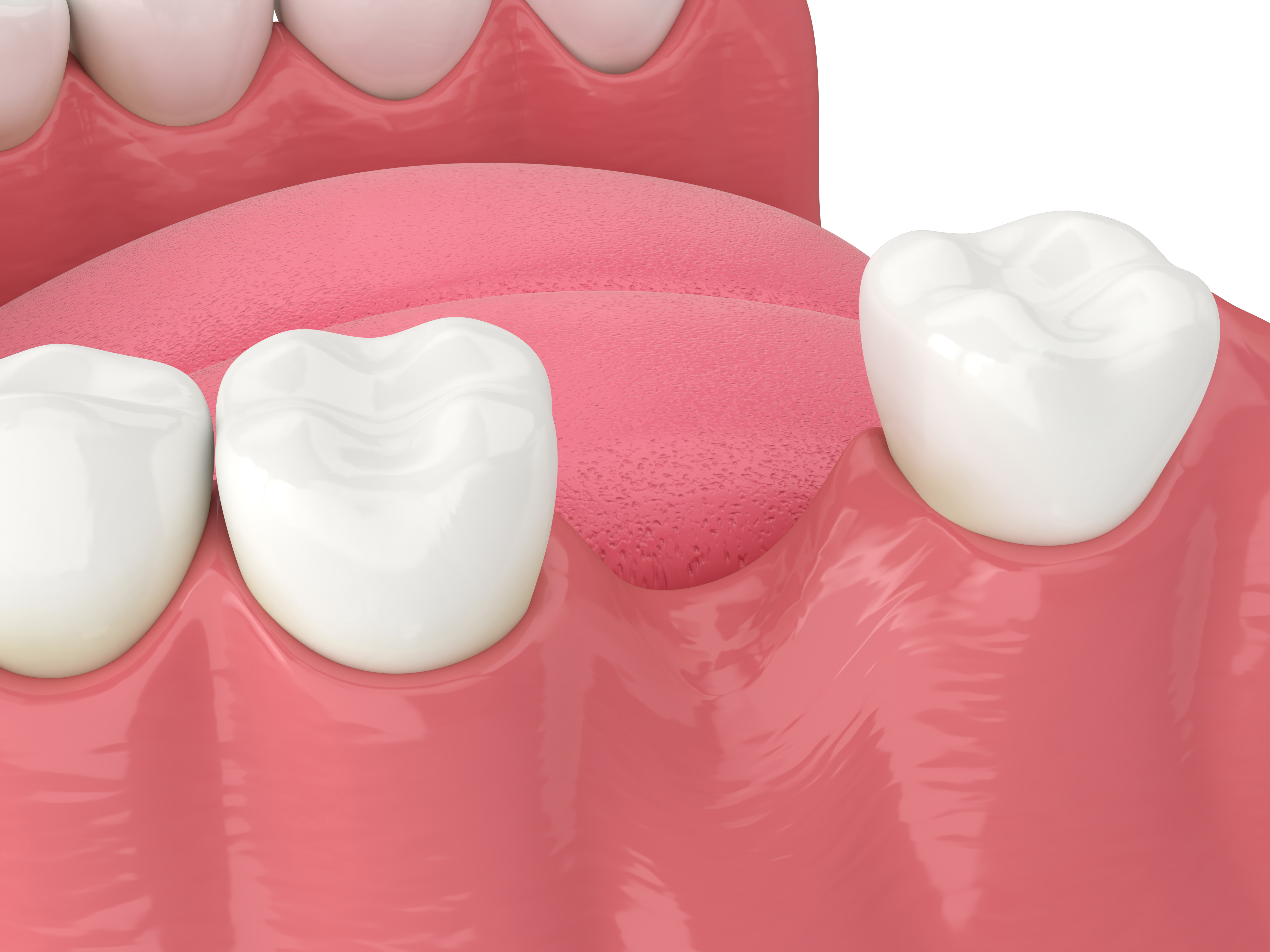Alveoloplasty

What is Alveoloplasty?
Alveoloplasty is a common type of dental procedure involves the surgical smoothing and re-contouring of a patient’s jalveolar ridge. The procedure is most often performed as either after a tooth extraction or as a stand-alone procedure intended to prepare a patient for a denture or dental implant. In most cases, alveoloplasty is associated with reshaping the patient’s jawbone after teeth have been removed or lost due to gum disease or dental trauma. The primary benefit of alveoloplasty after tooth extraction is that it results in a more suitable jawbone shape for future dental treatments, like dental implants or dentures. This treatment facilitates the healing process. When Alveoloplasty is performed in association with denture, its purpose is to optimize the patient’s alveolar ridge’s shape. This helps to reduce the complications of dentures as well as improving stability of the prosthetic appliances, retention and overall patient comfort.
What is an Alveoloplasty in conjunction with extraction?
Patients who have had tooth extractions will often have the alveolar ridge evaluated for bone tissue quality and quantity as well as overall contour. This is usually done after teeth removal by an oral surgeon. Alveoloplasty provides a smooth and rounded bone surface. This facilitates faster healing and reduces complications. The procedure is very safe and consistently has a very high overall success rate.
After multiple teeth removal, alveoloplasty is a very useful solution designed to return good functionality and improved appearance for the patient. If couple of teeth are missing because extraction, the surgeon should prepare the alveolar ridge for the next step treatment, including removable denture or dental implants. Alveoloplasty in conjunction with teeth removal can avoid the necessity for secondary surgical procedures. In being proactive a surgeon can use evaluation and planning along with alveoloplasty to provide a patient with an extraction process with a more favorable outcome. Most importantly, staying proactive in this way will help to reduce the chances of having an additional and possibly more extensive surgical procedure performed at a later time.
Make an Appointment


